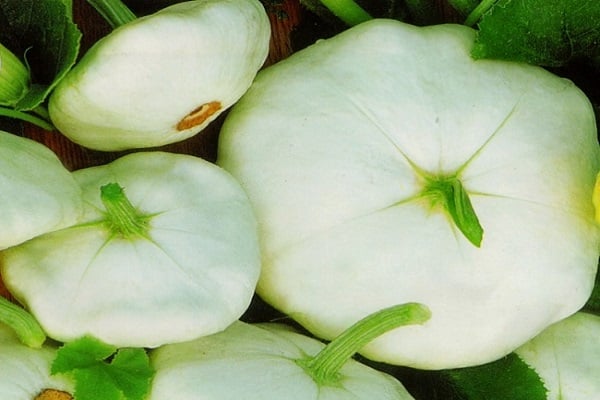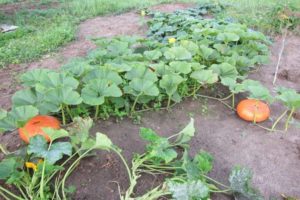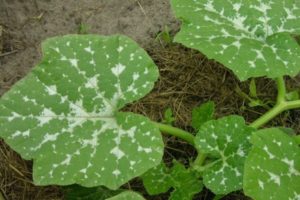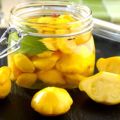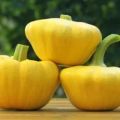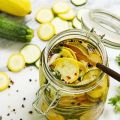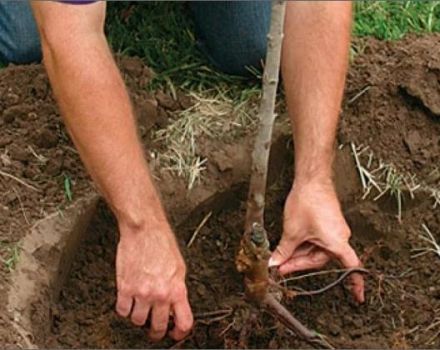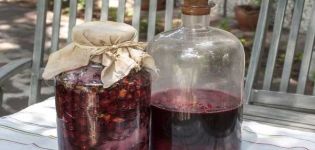How to grow and care for squash in the open field
Patisson belongs to the pumpkin family. The taste and texture of this vegetable are similar to those of courgettes, it is created through a natural process of hybridization. Squash, cultivation and care in the open field for which is not difficult, are adapted and bear fruit well in various climatic conditions. These healthy vegetables are superior in properties to squash, young fruits are saturated with carbohydrates, sugars (glucose), pectin substances, mineral salts and fats.
Varieties of squash
In order for the cultivation of squash in the open field to bring a good harvest, you need to choose the right variety for each climatic zone. There are many varieties of this vegetable, therefore, before buying seeds, you need to familiarize yourself with the most common breeding species, choose those that are suitable for taste, yield, ripening times, sizes.
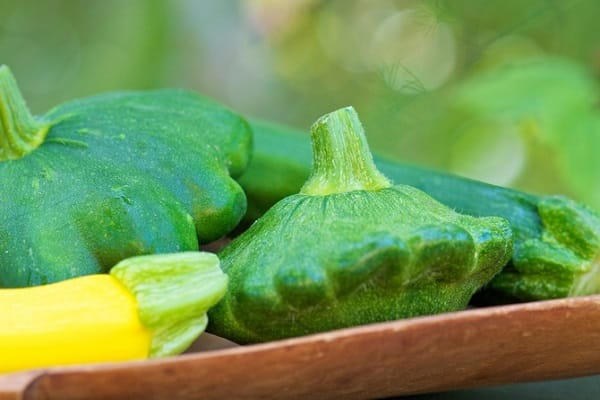
Squash differs from zucchini in external shape, color of bark, denser pulp.
Depending on the timing of fruit ripening, squash is divided into types:
- early - fruit ripening occurs 37-50 days after the appearance of the first shoots;
- medium - ready-to-eat in 55-60 days;
- late - the fruits fully ripen 60-70 days after planting.
If you want the squash to please with their fruits throughout the summer, you should buy seeds with different ripening periods.
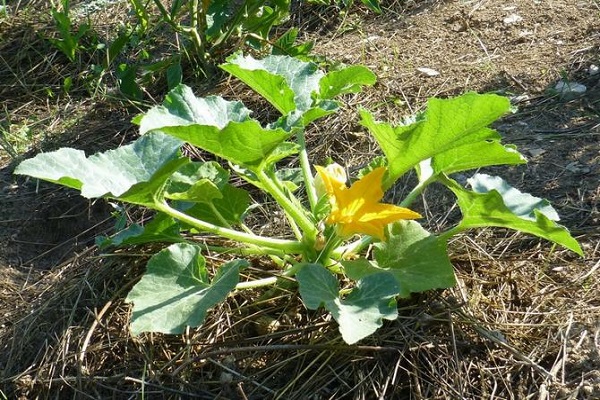
White squash
Among the white squash there are early, medium and late ripening. They have a white skin and flesh. But there are varieties that are dirty white or greenish inside. All white varieties are versatile, suitable for both pickling and canning and cooking.
Polo F1 is an early hybrid with compact bushes, flat, rounded fruits. Their weight can reach 300-400 g. The light green color of the skin turns white as it ripens. The pulp is tasty, dense, suitable for canning and cooking various dishes. Productivity of Polo F1 is consistently high, the variety is resistant to downy mildew.
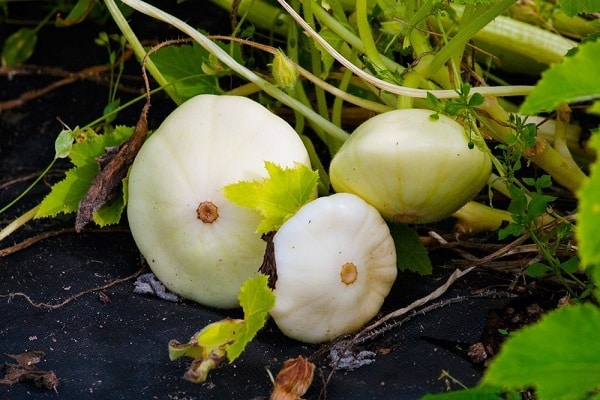
UFO White - mid-season squash with fruits resembling bells with rounded-toothed edges. The weight of a mature vegetable reaches 400-500 g. In the ovary it has a light green color, during the period of biological maturity the skin hardens and turns white. The fruit with a diameter of up to 8 mm has a tender, tasty pulp, in which the seeds are not felt.
The most common is the late variety White 13. It is unpretentious, resistant to cold weather, and has a good yield. It has a plate shape, the edges are framed by weakly expressed teeth.The peel is firm, the pulp is medium in density with a neutral taste.
Squash of this species can quickly grow: some specimens grew up to 6-7 cm in diameter and weighing from 85 g to 500 g. Compared to other varieties, squash Bely 13 is considered one of the best for growing in the open field, retains well after harvest.
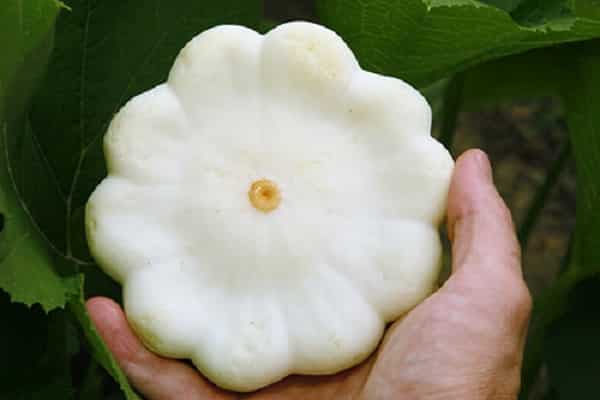
Yellow and orange squash
To breed this species, white squash was taken as a basis. They have excellent taste and are useful for people suffering from eye and skin diseases. Yellow and orange fruits are rich in vitamin A, lutein, which neutralizes free radicals and is used to prevent vascular pathologies.
The medium-early variety Fuete is popular among farmers - bushy, with a well-aligned dish-shaped form and scalloped edges. The average weight of a ripe fruit is 270-300 g. Its peel is hard and has a bright yellow-orange color. The bushes grow compactly, give a high yield.
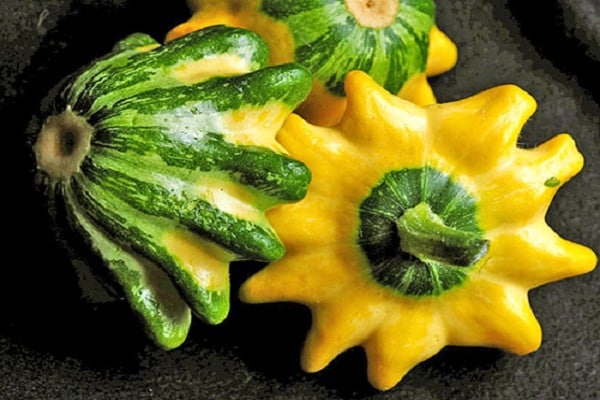
The Solnyshko variety is distinguished by high yield, small fruits, compact bushiness. Refers to mid-season. The fruit is cupped with ribbed edges. The average weight is 250-300 g. Young fruits are yellow, mature ones acquire a rich orange hue. The pulp of a beige shade is soft, delicate in taste. Used for pickling, cooking, storage. The variety is resistant to powdery mildew.
UFO variety - early bush squash has a good yield. From one bush, you can collect up to 5 kg of vegetables per season. The weight of the disc-like fruit is 400-450 g. Its rind has a rich yellow-orange color. The dense pulp is not juicy, has a pleasant taste, a yellowish tint. Grow squash UFO both outdoors and indoors.
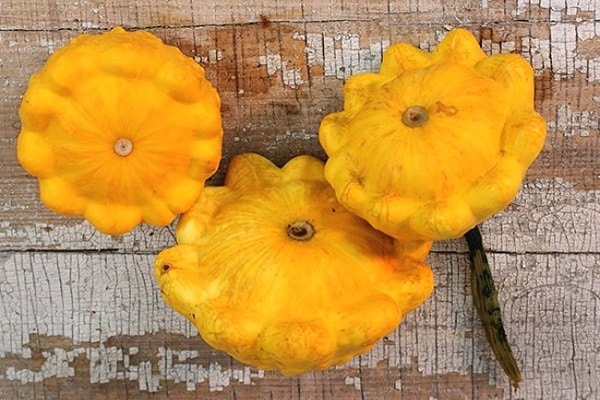
Green squash
Among this variety, it is worth highlighting the dark green hybrid Chartreuse F1 - an early variety with glossy fruits. It is easy to care for these outdoor plants as they form compact bushes as they grow. When ripe, Chartreuse F1 may have yellow or white stripes on the skin. The flesh of a young fruit has a pale green color, turning white as it ripens. This is a delicious hybrid for canning.
Another green early-maturing hybrid is the Gosha squash. As it develops, it grows on a small plot of land into tall, lush bushes. As a result of flowering, disc-shaped fruits appear, weighing 300-400 g. The skin is dark green, darkens as it ripens, becomes black. The pulp is crispy, dense, with good taste, has a milky-creamy color. The bushes of this hybrid bear fruit for a long time, give good yields.
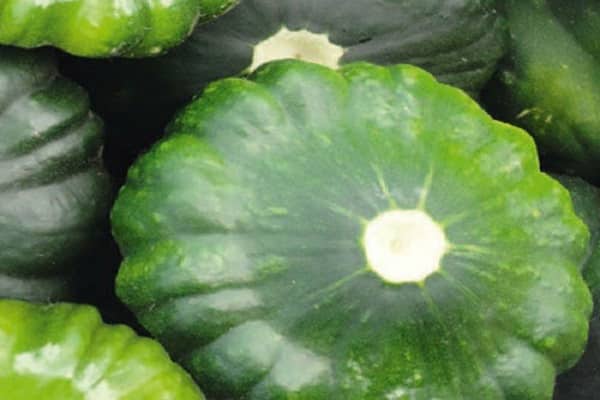
Site selection
One and the same place for squash in the culture rotation can be used 4-5 years after the last planting in this area of this plant. If the gardener seeks to get a good harvest, it is advisable to plant siderates (predecessors) useful for squash - various types of cabbage, nightshades, including potatoes, onions, carrots, parsley.
It is not recommended to sow seeds or plant seedlings of this culture in the soil on which related vegetables (zucchini, cucumbers) were previously grown, since cross-pollination is possible. For good germination, the optimal air temperature parameters must be observed: in the daytime up to +25 ° С, about +18 ° С at night.
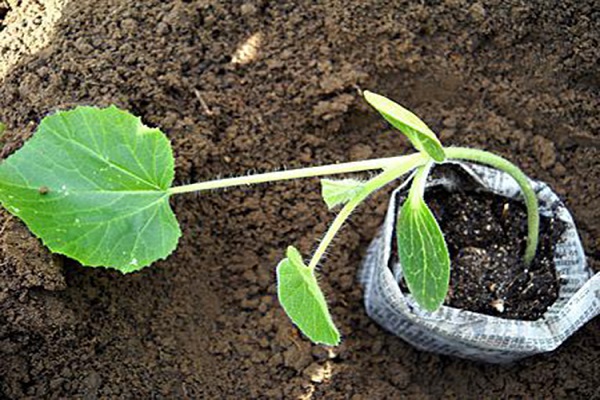
Fertilizing the soil
Site preparation for planting this plant should begin in the fall. You will need to dig deep into the soil, fill it with fertilizer - feeding squash in the open field is 50 g of superphosphate per 1 sq. m of land. You will also need to make a choice of manure, compost or peat - 5-7 kg per 1 sq. m. With the arrival of spring, you need to scatter the mixture around the garden and re-dig it.
Features of soil preparation for planting squash are that this culture needs neutral soil with pH = 6-7. If a site with acidified soils is involved, fertilized exclusively with minerals for a long time, the soil in this place must be deacidified. For this, soldering is used - the introduction of wood ash at the rate of 0.2-0.3 kg per 1 sq. m area. When using deoxidized peat ash, its amount should be increased by about 1.5-2 times.

So that ash, when applied to the soil, does not pass into forms that are inaccessible to plants, autumn soil deoxidation with the help of ash must be carried out without mixing with fertilizers, since they enter into a chemical reaction with them. If soldering is used, it is better to apply fertilizers in the spring when planting squash.
It is advisable to apply mineral fertilizers in the spring in addition to the spring-summer dressing.
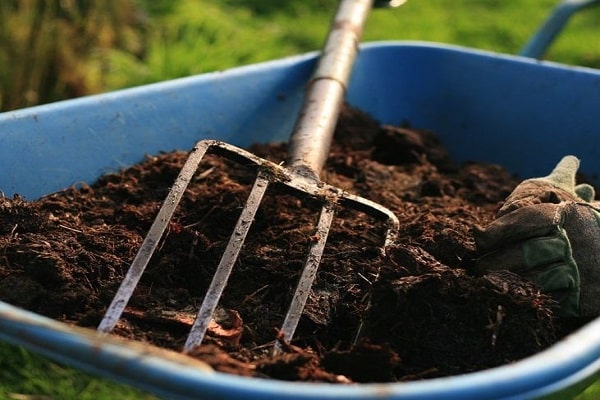
Seed preparation
The germination of patisson seeds depends on proper treatment before planting in the ground. They must be prepared for sowing, disinfected for 20 minutes in a solution of potassium permanganate. Water at room temperature is used for flushing. To increase the germination of seeds, they are kept for 2-3 days in a solution of boric acid prepared at the rate of 20 mg per 1 liter of water, after which the seed is washed and dried.
Immediately before planting in the ground, the seeds are soaked in water for swelling or pecking. If there is no time to soak, you can sow dry.

Seedling preparation
In order for the squash in the open field to adapt faster and begin to bear fruit, they can be transferred to the garden already in the form of seedlings, planting and leaving are not difficult.
It is necessary to sow squash seeds for seedlings in the last decade of April or in early May.
Specially prepared soil is poured into specially prepared plastic cups or other utensils, which you can buy at a gardening store or make yourself. To do this, you need sod land mixed with garden, river sand, humus. Mineral fertilizers are added according to the scheme printed on the package.
A couple of seeds are planted in each hole to a depth of about 4 cm and sprinkled with earth, covered with foil to create a greenhouse effect. When both shoots appear, the weaker one is removed. The optimum temperature for growing squash in this way is + 25 ° C during the day and within +18 ° C at night.
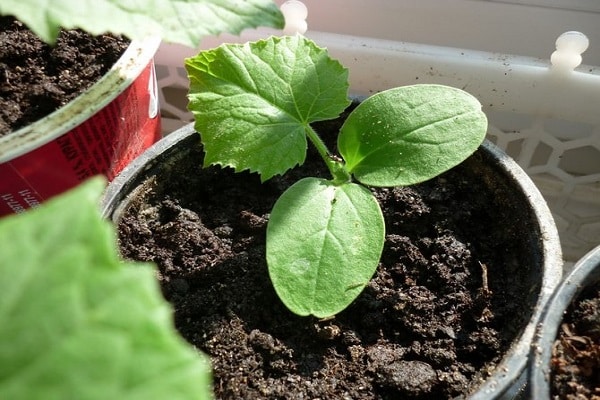
After sprouting, the seedlings of the squash are opened to reduce the temperature. In the morning, the temperature should be up to +18 ° С, at night - about +16 ° С. This will keep the growth rate in check and prevent the seedlings from pulling out. Watering should be sparse and light. A week after the emergence of seedlings, the temperature should be raised to + 22 ... + 25 ° С. Seedlings also need ventilation, but do not expose them outside in windy weather.
Plants also need periodic feeding during this period. For these purposes, a mullein is suitable, diluted with water in a ratio of 1:10, infused for a day. You need to water this mixture 10 days after the shoots appear.
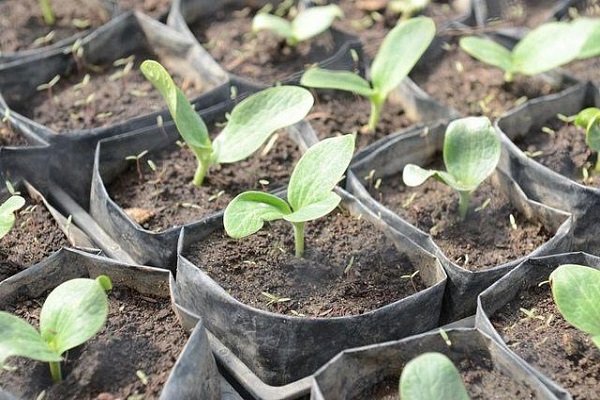
Before planting, you can feed the plants with nitrofoskoy - a complex mineral fertilizer. It is diluted according to the recommendations indicated on the packaging.
In early June, mature seedlings, which have 2-3 well-developed leaves, are planted in the garden. Do this in the morning or evening (20-25 days after germination). The holes are watered with a little warm water, planted with a lump of soil in which the seedling grew. The ground around the seedling is compacted and shaded.
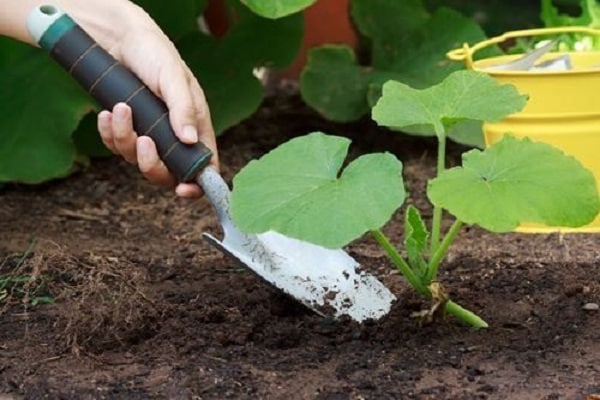
Squash care
The growing season for squash is short, so they need to be fed 2 times throughout the season.If the site was well filled with nutrients during the autumn-spring soil preparation, feeding can be omitted.
Caring for the squash consists in applying top dressing (organic matter) before the start of mass flowering. Manure, poultry droppings are filled with water, infused and applied under the plants. Avoid getting the mixture on the leaves. After absorbing water, the soil is mulched. In the absence of such fertilizers, nitroammofoska is used, nitrophoska at the rate of 50-70 g per 1 sq. m.

The second feeding with phosphorus-potassium fertilizers (50-60 g per 1 sq. M) is carried out at the beginning of the mass appearance of fruits.
To get a good harvest, you need to know how often to water squash in the open field. This should be done as the soil dries out so that it constantly remains slightly damp. These plants do not tolerate cold water well, only warm water is used. It should not fall on the leaves. After watering, the soil must be mulched to retain moisture.
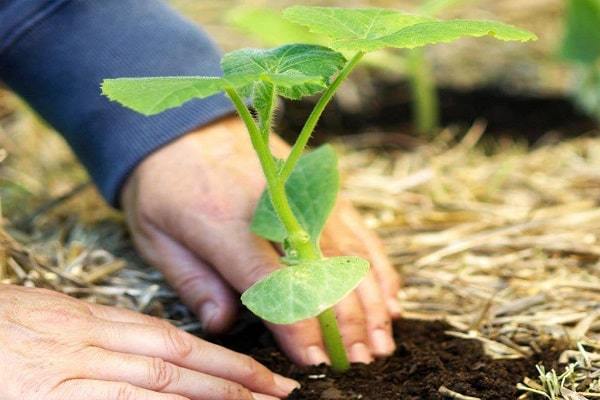
If fertilizers were applied incorrectly, the leafy part of the squash can grow strongly, which will have a bad effect on the formation and development of fruits. In this case, you need to remove the oldest sheets that have grown from below. Up to 2 leaves are removed at a time, the procedure can be repeated after 2-3 days.
It is important that the female flowers are well pollinated. You can help plants - to carry out this procedure artificially. To do this in the morning, you will need to pick several male flowers (they have longer legs than female ones). It is important that the flowers are free of dew or water from irrigation. The more female flowers get dusty in this way, the more seeds will be formed.
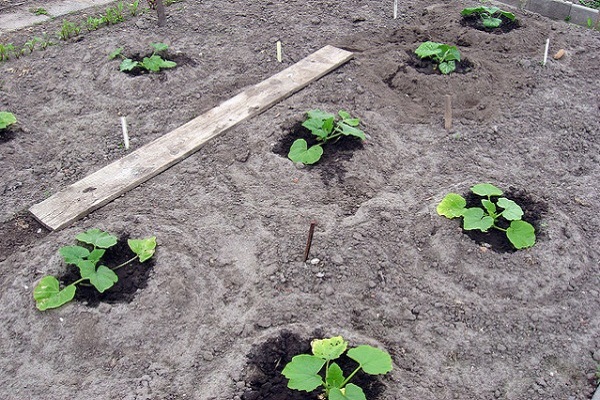
Diseases and pests
So that whole bushes do not have to be removed in case of patisson diseases, biofungicides must be used for soil cultivation and plants:
- Alirin.
- Gamair.
- Trichodermin.
- Fitosporin-M.
To obtain a plentiful and healthy harvest, the garden and plants are not recommended to be treated with chemicals. In this case, biofungicides are used 2-3 times a month. These substances do not harm people, birds, plants, so they can be used throughout the entire growing season, including the beginning of the harvest.
